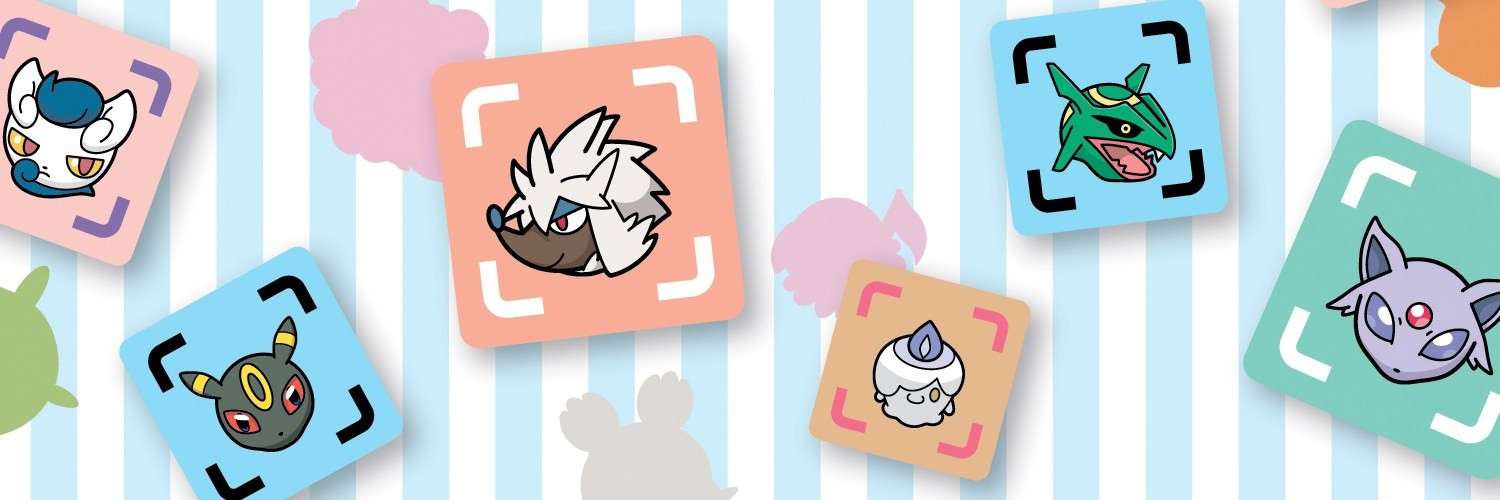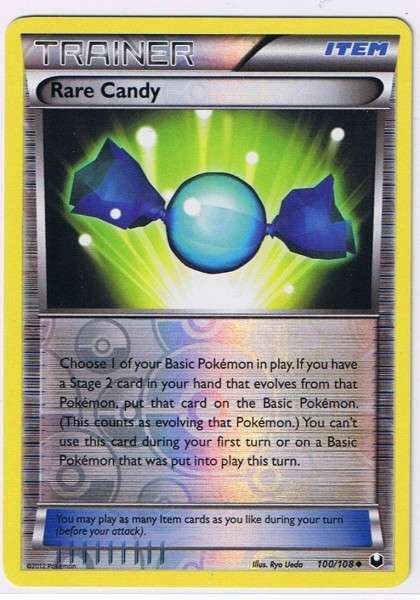
Pokémon Shuffle 3DS Review
Any review of Pokémon Shuffle will have to balance the gameplay itself with the microtransaction-heavy aspects that are so linked into the gameplay. Which holds more weight? While Pokémon Shuffle is definitely a fun take on the match-three puzzle genre and has that Pokémon charm, the amount of waiting one has to do in order to continue playing the game brings out some unneeded frustration. The game is hampered by that, but still has enough fun in it to keep players coming back, though the sticky topic of addiction comes rearing its ugly head.
The core gameplay in Pokémon Shuffle involves the match-three formula seen in such games as Bejewled and Candy Crush, with a similar presentation to another Pokémon puzzle game, Pokémon Trozei (also developed by Genius Sonority). Any time Candy Crush is brought up will of course bring about negative connotations, but Nintendo’s first steps into the realm of microtransactions never truly reaches those depths.

Though we should all be afraid…
The main point of the game, like all match-three games, is to… well, match three. I know, right? The difference in this game is that the tiles you want to be matching are Pokémon. Throughout the game, your objective is to defeat and capture Pokémon. To defeat them, you have to use the Pokémon you capture to match three and deal damage to your opposing Pokémon. After beating them, you get the ability to capture them. The less moves you use, the higher percentage you get to capture the Pokémon (though if you fail, you can always spend 2500 coins on a Great Ball to double your chance. Don’t have 2500 coins? I’m sure you have cash!). The difference between this game and others of its ilk is that, instead of swapping tiles in a plus (+) pattern, you can move your pieces all over the board, as long as there’s a move to make. In subsequent battles, you get to carry four Pokémon (or three in certain battles) with you as support, and choosing which ones you bring add a bit of a strategic element to the game. Each Pokémon have different attack powers and abilities (though there are only a few abilities in general), and their typing also comes into play. There are other elements that you’ll encounter, including mega evolution (though only for certain, usually Normal-type, Pokémon, and only in the first slot) and blocks of varying types to impede your matchmaking.
Each completed battle will get you coins and experience points for your Pokémon, and leveling up will increase their power. There are various power ups you can buy with coins like adding five extra moves or gaining 1.5x exp points, and you can also get jewels, which can buy you more hearts or more moves upon failing a mission (remember your wallets!). The core game itself is never particularly difficult, and after the tutorial (which appears off and on through the first ten levels), you can pretty much breeze through level 60 without much trouble. It’s definitely a game for those looking for a more casual experience, though the type advantage/disadvantage and looking for the best places to match your Pokémon give the game at least some form of strategy.

You’re getting that 22 combo today, Togepi.
The sticking point of this game is in how long you can play. Being a free-to-play eShop game, Nintendo has to get their money somewhere. You start the game with five hearts: once you play five stages, you’re forced to wait for them to come back in order to continue. The wait time is thirty minutes per heart (or two and a half hours for all five), so you may find yourself with your 3DS closed a lot, waiting around for the game to allow you to play it. Of course, if you’re the impatient type, you can always plop down some cold, hard cash. While $0.99 per five hearts doesn’t seem like a lot, these kind of games are designed to draw you in with fun, addictive gameplay, but force you to wait around until you just throw down the money in order to keep playing. It’s a seemingly-innocuous but very malicious cycle that’s become very popular – and infamous – in the mobile space of gaming. If one is not careful, they can find themselves spending hundreds of dollars to keep playing. There’s a monthly cap on spending for those under eighteen, but it’s still a lot of money that can be drained rather fast.

Yeah, that’s about right.
I enjoyed my time with the game a lot when I was playing it, but that’s the kicker: when I was playing it. After running through all my hearts, I would end up only having my 3DS open for two or three minutes before having to close it again and wait around. It ended up being a fun puzzler with an interesting twist, but bad gameplay implementations. While those who have other things to do and can wait around for their hearts to come back will find plenty to enjoy in this game, those who are impatient or have tendencies to not hold onto their money may want to avoid this fun little cash grab.
